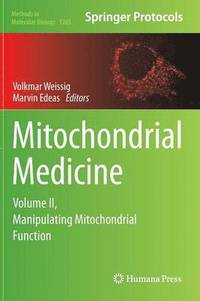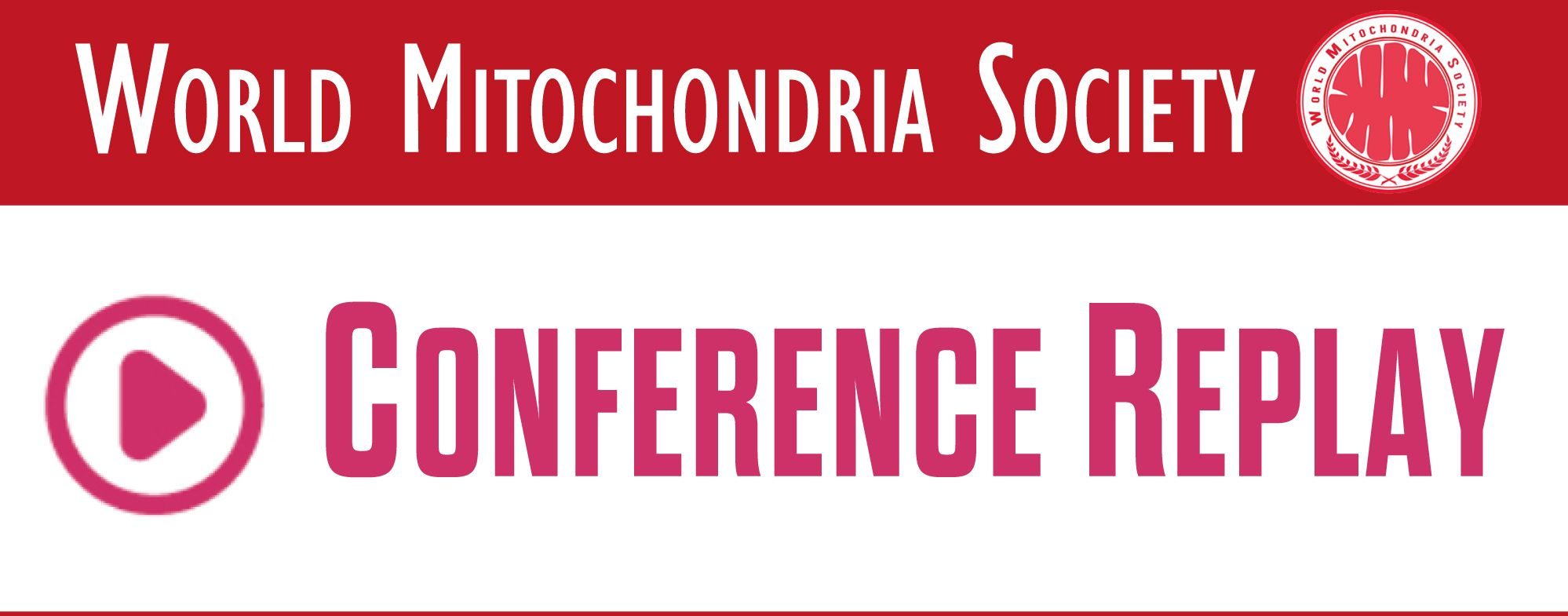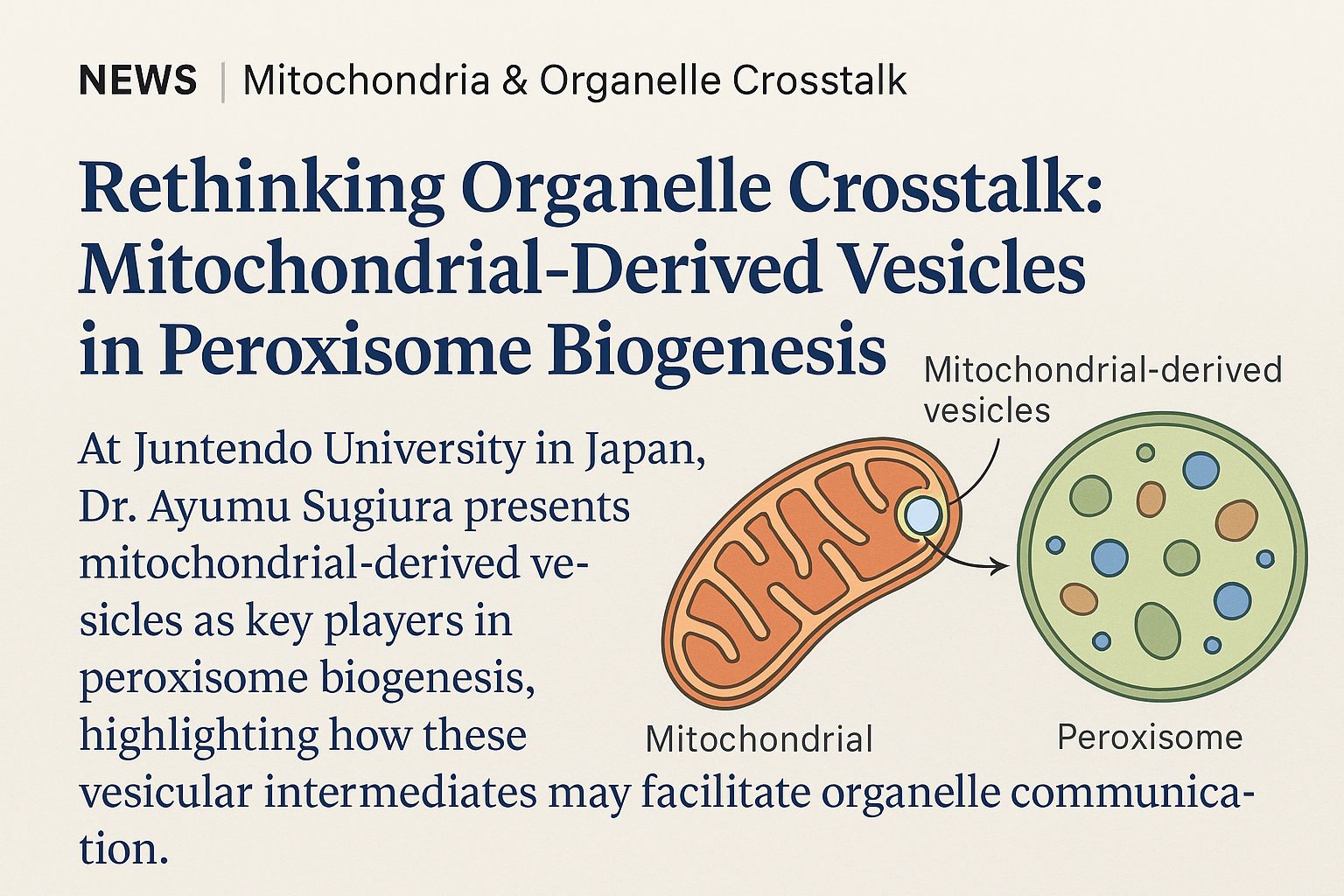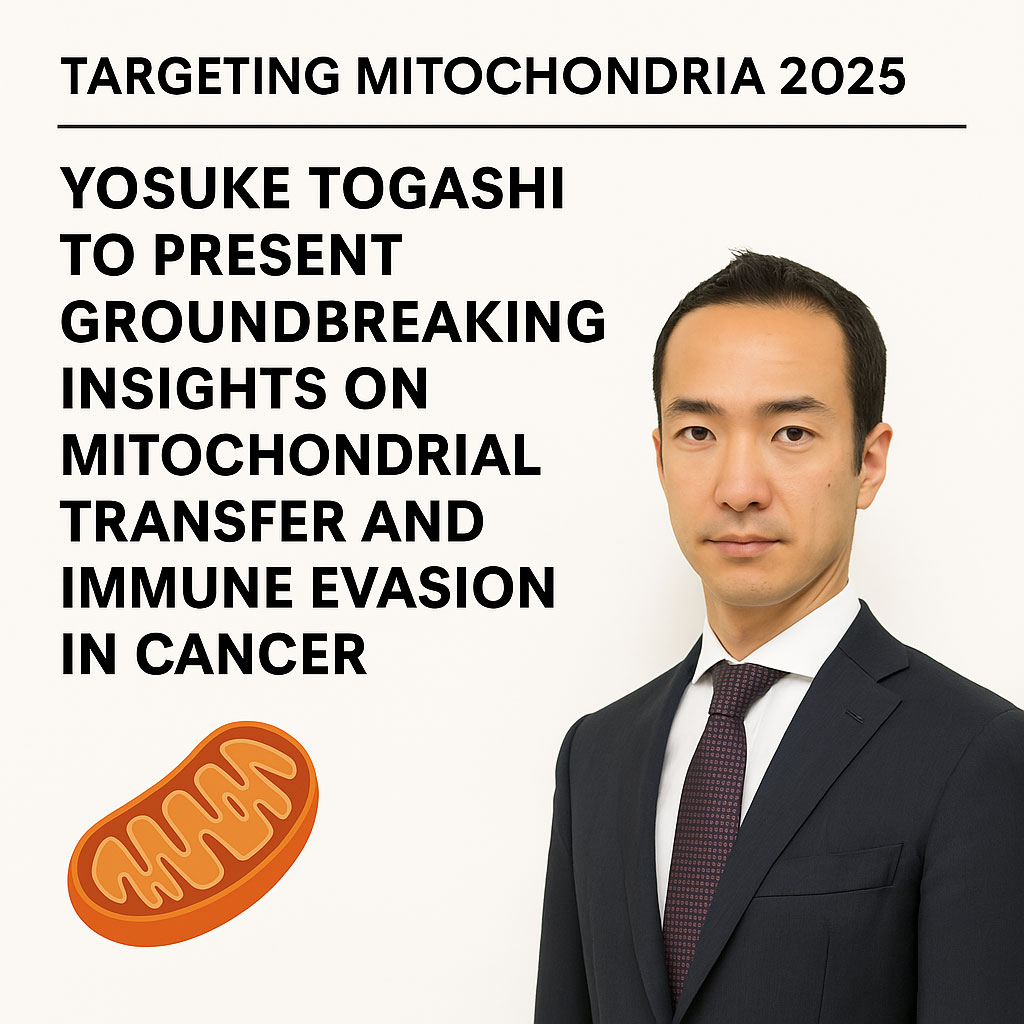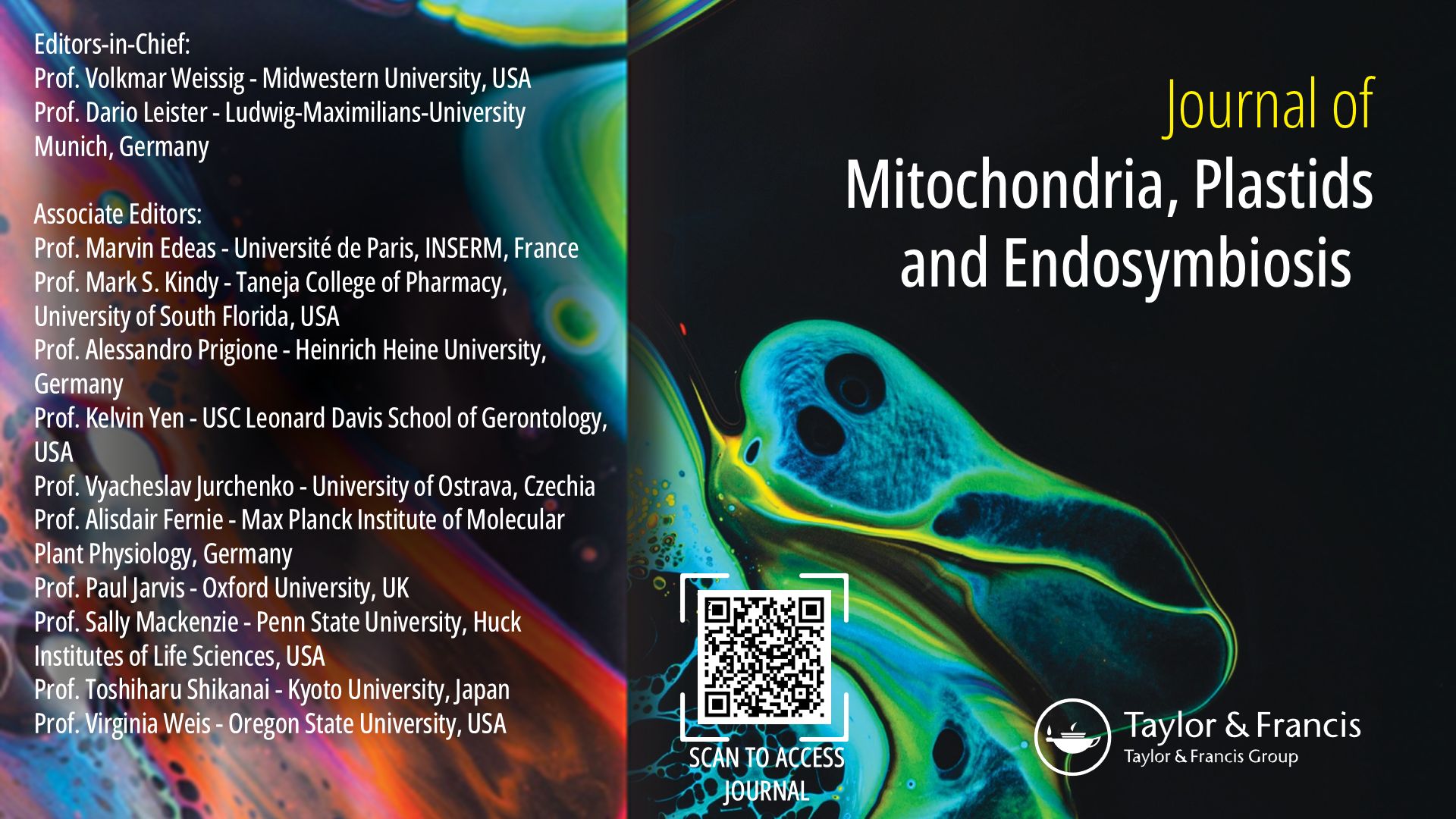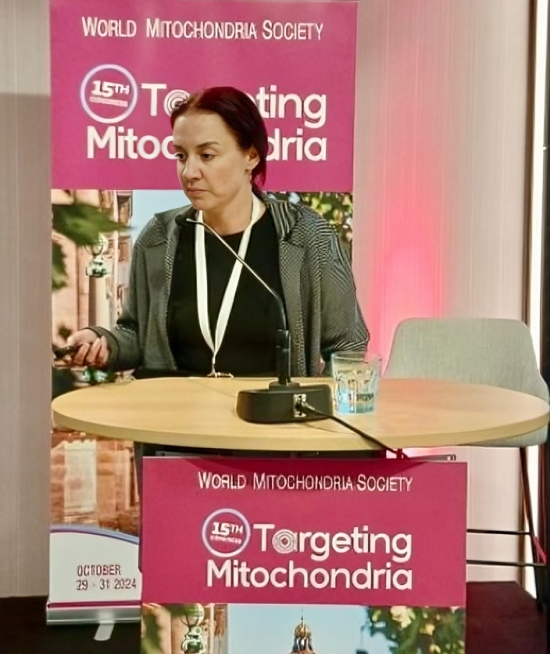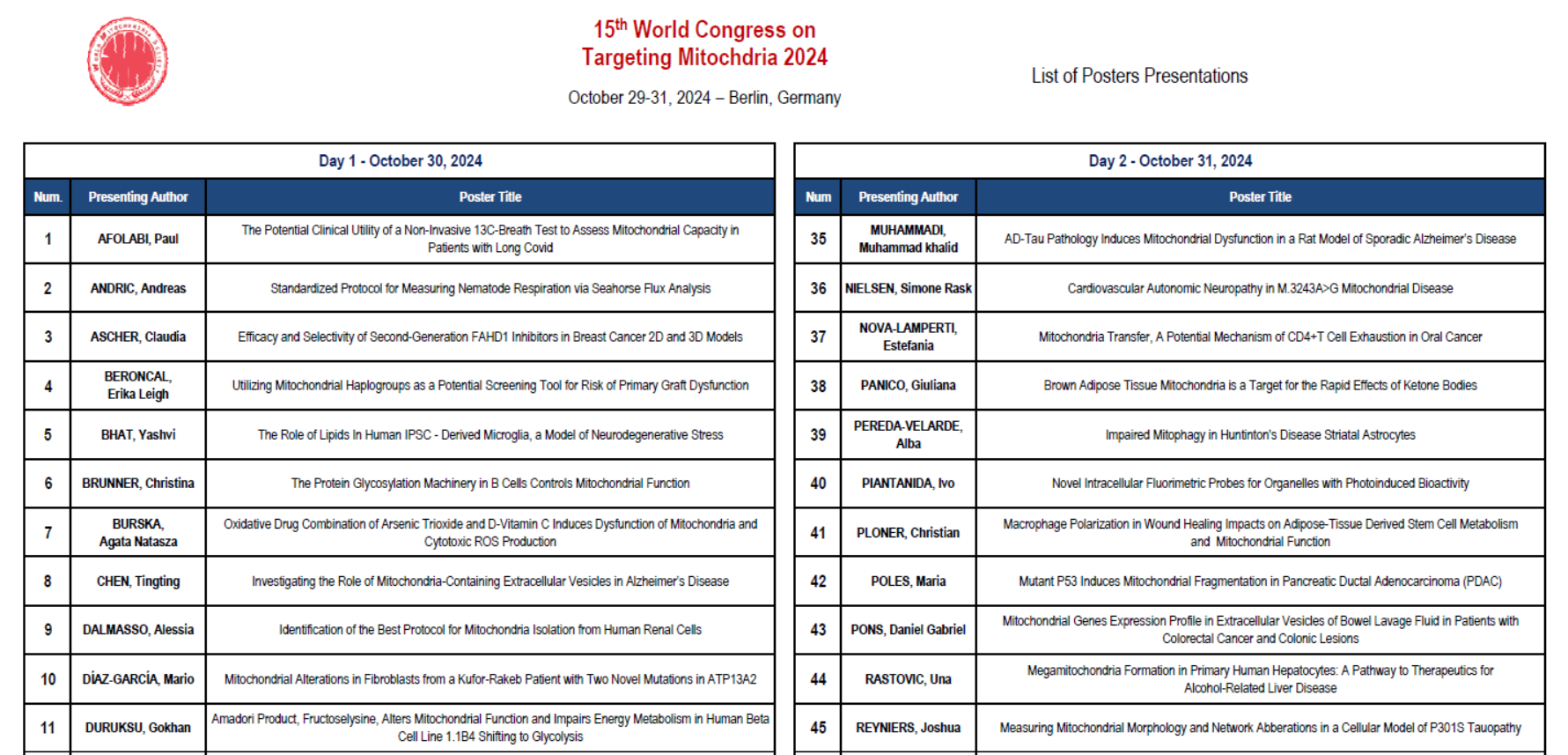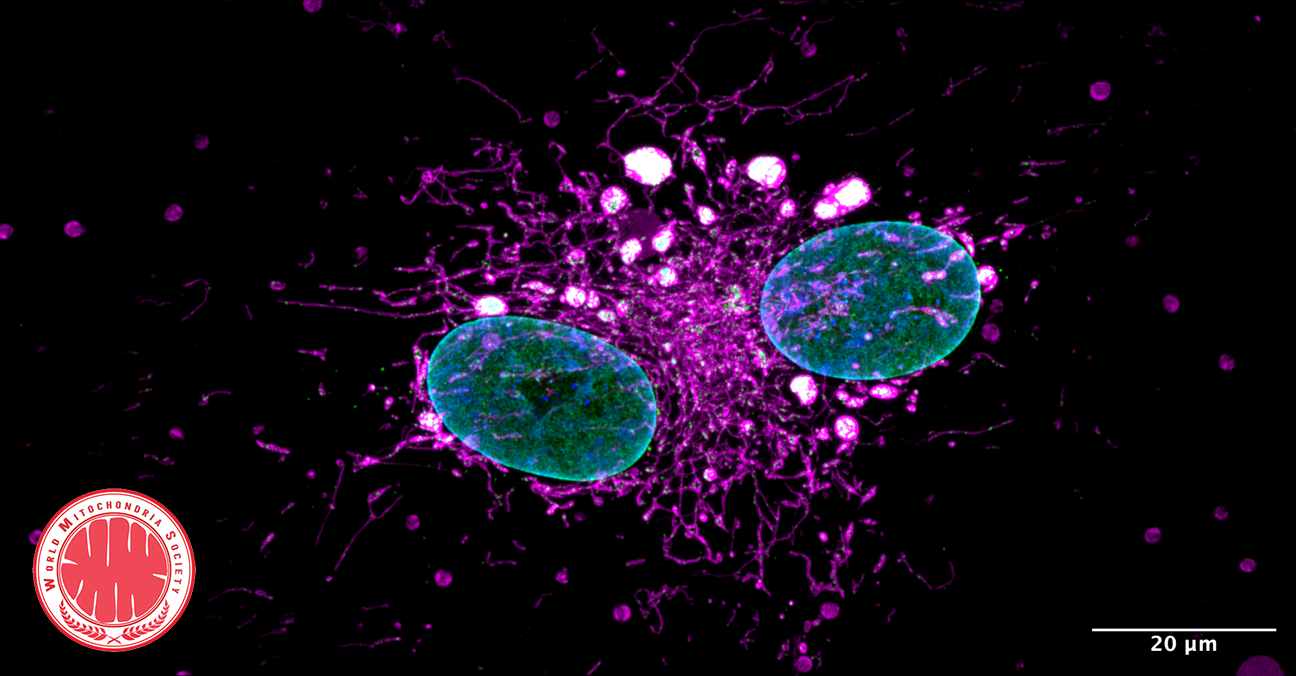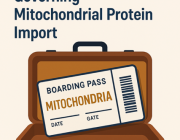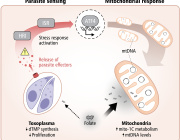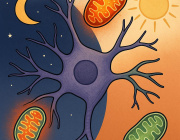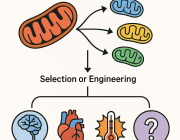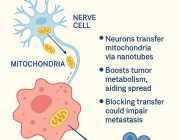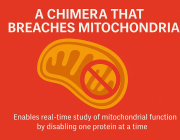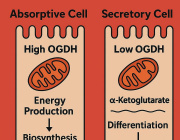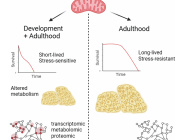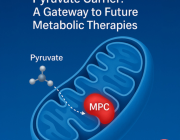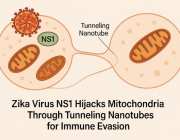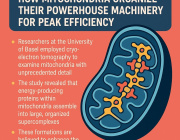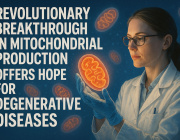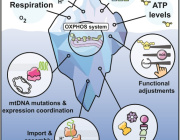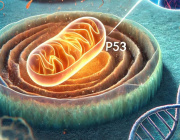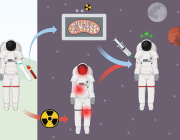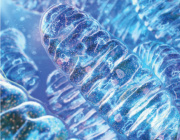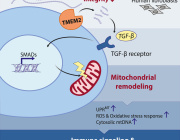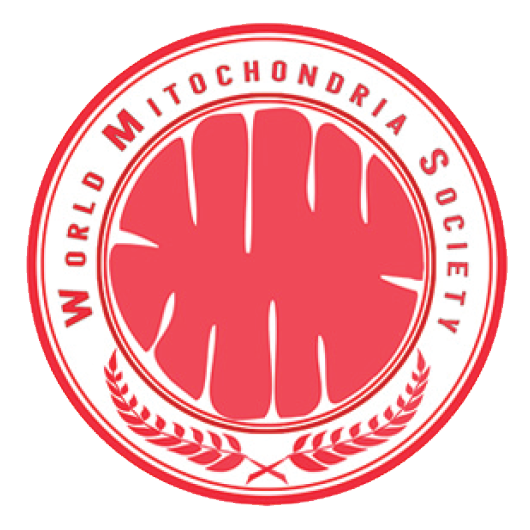Microscopy Enables Detailed Insights into Mitochondria
The scientific committee of Targeting Mitochondria World Congress invited Dr. Martin Kerschensteiner to present his excellent work.
A new microscopy technique combining confocal and two-photon excitation microscopy with in situ pharmacological and genetic manipulation has given researchers insight into how the nervous system responds to disease and injury at the mitochondrial level.
Reactive oxygen species are important intracellular signaling molecules, but their mode of action is complex: In low concentrations, they regulate key aspects of cellular function and behavior; at high concentrations, they can cause oxidative stress, which damages organelles, membranes and DNA.
The new method allows researchers to record the oxidation states of individual mitochondria with high spatial and temporal resolution, and to analyze how reduction/oxidation (redox) signaling unfolds in single cells and organelles in real time. 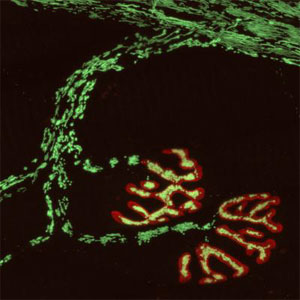
The nerve-cell mitochondria were imaged with a fluorescent redox sensor. Shown here is a peripheral nerve with the neuromuscular endplates stained in red. Courtesy of Ludwig Maximilian University and the Technical University of Munich.
"Redox signals have important physiological functions, but can also cause damage, for example, when present in high concentrations around immune cells," said professor Dr. Martin Kerschensteiner of Ludwig Maximilian University of Munich (LMU) and SyNergy, the Munich cluster for Systems Neurology. His team collaborated with that of Technical University of Munich (TUM) professor Dr. Thomas Misgeld, also of SyNergy.
In previous studies, Kerschensteiner and Misgeld found that oxidative damage of mitochondria could contribute to axonal destruction in inflammatory diseases such as multiple sclerosis.
For this work, they used redox-sensitive variants of green fluorescent protein (GFP) as visualization tools. They combined these with other biosensors and dyes, which allowed simultaneous monitoring of the redox signals and mitochondrial calcium currents, along with changes in electrical potential and pH gradient across the mitochondrial membrane.
The researchers used the method to study, for the first time, redox signal induction in response to neural damage in the mammalian nervous system (in this case, spinal cord injury). They found that severance of an axon results in a wave of mitochondrial oxidation beginning at the site of damage and propagating along the fiber. In addition, an influx of calcium at the axonal resection site was essential to cause functional damage to mitochondria.
"This appears to be a fail-safe system that is activated in response to stress and temporarily attenuates mitochondrial activity," Misgeld said. "Under pathological conditions, the contractions are more prolonged and may become irreversible, and this can ultimately result in irreparable damage to the nerve process."
Another first-ever result was the imaging of spontaneous contractions of mitochondria accompanied by a rapid shift in the redox state of the organelle.
Dr. Martin Kerschensteiner will present his strategic studies during Targeting Mitochondria 2014.
For more information: www.targeting-mitochondria.com
Dr. D. Kraus will talk about identification of fat-accumulation gene

The Würzburg researcher Daniel Kraus and his international colleagues have identified a gene that plays a major role in fat gain. The scientists inhibited the expression of this gene in mice and the animals became leaner – while on the same diet – without showing any side effects. They presented their work in the science magazine Nature. Scientific committee invited Dr. D. Kraus to talk this study during Targeting Mitochondria 2014.
In recent decades, people's eating habits in Western societies have changed profoundly. Meat consumption has changed from occasionally to regularly; fat and high-energy carbohydrates are always available. At the same time, however, we are less physically active on the job and in everyday situations and need less energy.
The excess nutritional energy is stored as adipose tissue. This storage function was crucial particularly in times where famines were common with no supermarket around the corner to shop for food. Today, however, this function has a boomerang effect: Many people are suffering from the excess energy storage in the form of diet-induced obesity; they even develop associated diseases as a consequence.
NNMT plays a major role in "fat accumulation"
The enzyme NNMT (nicotinamide N-methyltransferase) is crucial in the "accumulation" of adipose tissue. Daniel Kraus, medical scientist at the Würzburg university hospital, and his colleague Qin Yang came across the NNMT gene during their work as post-doctoral researchers with Professor Barbara B. Kahn in Boston which involved comparing mice with genetically altered adipose tissue. They found that the adipose tissue of "obese" mice contained more NNMT than that of "lean" mice.
The researchers subsequently suppressed NNMT in obese mice and studied how this affected the animals' entire metabolism. They used a special magnetic resonance analysis to examine the tissue composition in the living mice and found out that the amount of adipose tissue was decreasing - and that even though the mice were not eating less or moving more. Nor did they excrete more fat than the animals in the control group. Instead, Kraus and Yang detected hints that NNMT regulates the consumption of high-energy molecules in the adipose tissue. Increased amounts of by-products of such energy carriers were excreted with the mice's urine. No adverse effects were found during the test. To the contrary: "The liver and kidney values were normal. The fatty degeneration of the liver even improved in adipose mice," says Kraus.
But Daniel Kraus has not solved the problem of diet-induced obesity with this discovery. "We are far from deriving any treatment from this discovery," he says. Pharmaceutical companies interested Even though the metabolisms of mice and humans are similar, Kraus believes that more research is needed in the future. For this purpose, he is going to examine the fat tissue of adipose patients at the Würzburg university hospital in a next step. The researcher is mainly interested in the new metabolism-related findings of his research which is funded by the Deutsche Forschungsgemeinschaft (DFG).
The economic potential of developing a new drug to fight obesity is less important to him. "I am excited that we have come closer to understanding the concept of energy regulation," Kraus says. But he is aware that pharmaceutical companies take a great interest in this area of research: "Whoever is the first to successfully market such a seemingly simple solution to diet-related obesity will probably make a fortune," Kraus further. There is initial supporting evidence from other studies regarding the possibility to develop such a drug.
"But the past 20 years have seen a number of such alleged 'Eureka moments'," says Kraus.
"Nicotinamide N-methyltransferase knockdown protects against diet-induced obesity" Daniel Kraus, Qin Yang, Dong Kong, Alexander S. Banks, Lin Zhang, Joseph T. Rodgers, Eija Pirinen, Thomas C. Pulinilkunni, Fengying Gong, Ya-chin Wang, Yana Cen, Anthony A. Sauve, John M. Asara, Odile D. Peroni, Brett P. Monia, Sanjay Bhanot, Leena Alhonen, Pere Puigserver & Barbara B. Kahn. Nature. 2014 Apr 10;508(7495):258-62. doi: 10.1038/nature13198.
Study Led by Dr Martin Wu Upends Current Theories of How Mitochondria Began will be presented next week in Berlin
 Dr Martin Wu, from University of Virginia was invited by the scientific committee of Targeting Mitochondria World Congress to present his recent study about upends current theories of how mitochondria began.
Dr Martin Wu, from University of Virginia was invited by the scientific committee of Targeting Mitochondria World Congress to present his recent study about upends current theories of how mitochondria began.
According Dr Wu: "Parasitic bacteria were the first cousins of the mitochondria that power cells in animals and plants – and first acted as energy parasites in those cells before becoming beneficial, according to a new University of Virginia study that used next-generation DNA sequencing technologies to decode the genomes of 18 bacteria that are close relatives of mitochondria.
Final agenda of 5th World Congress on Targeting Mitochondria - Berlin, Germany

Pr Marvin Edeas - Pr Volkmar Weissig
Chairmen of the Scientific Committee
The Chairmen of the Scientific Committee of Targeting Mitochondria 2014 are happy to announce the final agenda of Targeting Mitochondria, Pr Marvin Edeas - Pr Volkmar Weisig are accounce the final agenda of Targeting Mitochondria World Congress which will be held at Ritz-Carlton Hotel on October 29-30-31, 2014.
WMS is pleased to award Dr. Igor Sobenin for his Poster Presentation

On behalf of the Scientific Committee, we congratulate Dr. Igor Sobenin from Russian Cardiology Research and Production Complex, Russian Federation for his award for Poster Presentation during Targeting Mitochondria World Congress which was held in Berlin, Germany.
Dr. Igor Sobenin has presented a Poster about "Association of Mitochondrial Mutations with Sublinical Carotid Atherosclerosis".
According Dr. Igor Sobenin: "In human pathology, several diseases are associated with somatic mutations in the mitochondrial genome (mtDNA). Even though mitochondrial dysfunction leads to increased oxidative stress, the role of mitochondrial mutations in atherosclerosis has not received much attention so far. Mitochondrial mutations may be one of the causes of atherosclerosis development in human arteries. Recently we have found that at least 10 mitochondrial mutations in 8 genes (rRNA 12S, 2 genes tRNA-Leu (codons recognized UUR and CUN), cytochrome B, and subunits 1, 2, 5, and 6 NADH dehydrogenase) had higher frequency in atherosclerotic plaques as compared to normal intima. The aim of present research was to reveal the association of the above mutations occurring in mitochondrial genome with the extent of subclinical carotid atherosclerosis. We have analyzed the association of mitochondrial genetic variation with the severity of carotid atherosclerosis, as assessed by carotid intima-media thickness (cIMT) and the presence of coronary heart disease (CHD) in 190 subjects from Moscow, Russia, a population with high CHD occurrence. cIMT was measured by high-resolution B-mode ultrasonography, and the level of mtDNA heteroplasmy in human leucocytes was determined by pyrosequencing method adopted for conditions where both mutant and normal allele were present in the same specimen. According to the results of ultrasonographic evaluation, the study participants were classified as non-atherosclerotic (NA), patients with diffuse intima-media thickening (DIT), and patients with subclinical atherosclerosis, who had at least one atherosclerotic plaque in common carotid artery (AP). The level of heteroplasmy was significantly higher for C3256T, G12315A and G15059A mutations in DIT and further in AP as compared to NA. On the opposite, the level of heteroplasmy declined from NA to AP for G13513A and Ins652G mutations. There was a strict linear-linear relationship between the extent of subclinical carotid atherosclerosis and quartiles of heteroplasmy for all above mutations (p<0.001). We found that heteroplasmies for several mutations in the mtDNA in leukocytes, including C3256T, T3336C, G12315A, G13513A, G14459A, G14846A, and G15059A mutations, were significantly (p<0.001) associated with both the severity of carotid atherosclerosis and the presence of CHD. These findings indicate that somatic mitochondrial mutations may play a significant role in the development of atherosclerosis, and demonstrate the evidence for genetic predisposition to atherosclerosis on the level of mitochondrial genome."
For more information about Targeting Mitochondria 2014: www.targeting-mitochondria.com
WMS discerned the award of Short Oral Presentation to Dr. Nina Entelis

Dr. Nina Entelis, from University of Stasbourg, France was awarded for her Short Oral Presentation by WMS Scientific Committee during the 5th International Congress on Targeting Mitochondria which was held in Berlin on October 29-30-31.
During Targeting Mitochondria 2014, Dr. Nina Entelis gave a presentation about "Design of therapeutic anti-replicative RNA imported into mitochondria of human cells.".
According Dr. Nina Entelis: "Mutations in mitochondrial genome (mtDNA) have been associated with a wide variety of human disorders. In patients with mtDNA defects, it is common to find mutant and wild type mtDNA molecules in the same cell, the phenomenon known as heteroplasmy. Manifestation of biochemical and clinical defects occurs only when a threshold level of heteroplasmy (generally, >60% of mutant genomes) has been reached. Since there is no efficient treatment for these disorders, one attractive approach would be to specifically target mutant mtDNA and prevent it from replicating, thereby giving an advantage to the propagation of wild type genomes.
This strategy is confronted to two problems: translocation of anti-genomic oligomers through the double mitochondrial membrane, and their access and specific binding to mutated region of mtDNA. Our study of the natural pathway of RNA import into mitochondria permitted to identify the import determinants in tRNA and 5S rRNA structures. Basing on these data, a set of small RNA molecules with significantly improved efficiency of mitochondrial targeting was designed[1,2].
To target therapeutic oligonucleotides into deficient human mitochondria, we inserted short sequences corresponding to the boundaries of a large deletion in mtDNA[3] or to the region of a point mutation[4] into importable RNAs. We demonstrated that recombinant RNA molecules containing determinants for mitochondrial import and 20-nucleotide sequence corresponding to the mutated region of mtDNA, are able to anneal selectively to the mutated mitochondrial genomes. After import into mitochondria of cultured human cells, these RNAs induced a decrease of the proportion of mtDNA bearing a pathogenic mutation.
To improve the stability of anti-replicative RNA molecules in human cells, we introduced into these molecules various chemically modified oligonucleotides and tested their impact on the efficiency of their hybridisation with mtDNA in vitro, RNA stability, mitochondrial targeting and the effect on heteroplasmy in human cybrid cells in culture[5]. We also demonstrated that anti-replicative RNA molecules conjugated with cholesterol are able to penetrate into cultured cells without additional lypophilic agents.
Another way to obtain a shift of heteroplasmy level consists in stable expression of anti-replicative molecules in cells. We therefore developed cybrid cell lines expressing recombinant 5S rRNA molecules and demonstrated an important and stable decrease of their heteroplasmy level.
These studies clearly show that RNA import into mitochondria is a perspective tool suitable for biomedical applications.
This work was supported by the CNRS, Strasbourg University and grants Labex MitoCross, LIA ARN-Mitocure, AFM, ANR, FRM and Suprachem."
For more information about Targeting Mitochondria 2014: www.targeting-mitochondria.com
Pr Martin Kerschensteiner was awarded by the Scientific Committee of World Mitochondria Society for his Scientific Contribution
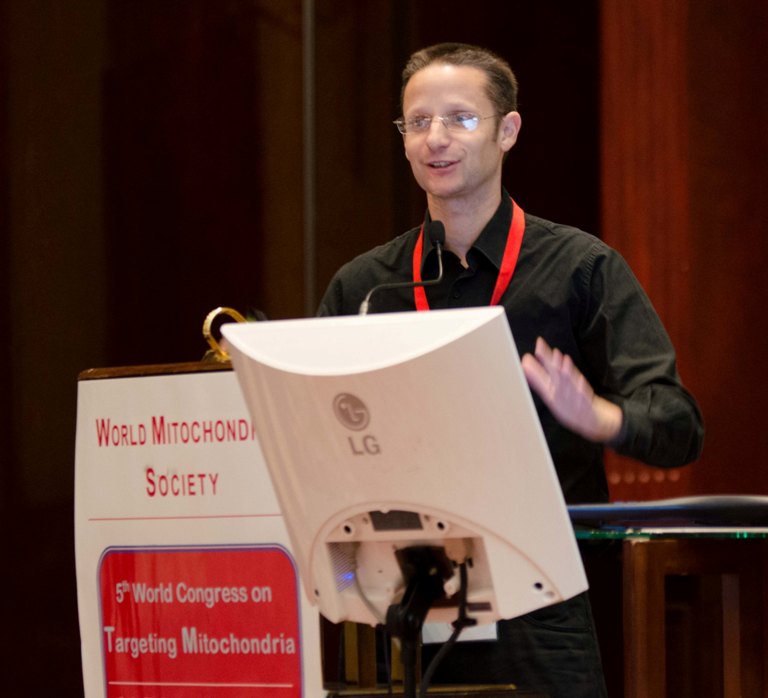 It is an honor to announce the award discerned by The Scientific Committee of WMS to Pr. Martin Kerschensteiner from Medical Center of the University of Munich, Germany for his scientific contribution about "Microscopy enables dynamic and functional analysis of mitochondria in vivo", during Targeting Mitochondria 2014.
It is an honor to announce the award discerned by The Scientific Committee of WMS to Pr. Martin Kerschensteiner from Medical Center of the University of Munich, Germany for his scientific contribution about "Microscopy enables dynamic and functional analysis of mitochondria in vivo", during Targeting Mitochondria 2014.
According Pr. Martin Kerschensteiner: "Here, I want to discuss how recent advances in light microscopy can improve our understanding of mitochondrial pathology in diseases of the nervous system. Over the recent years we have developed optical approaches that allow us to visualize the structure, dynamic behavior and molecular make-up of mitochondria changes in the living nervous system. I will use our work on traumatic and inflammatory axon damage in the spinal cord as examples to illustrate how these imaging approaches can help us to better understand when and where mitochondrial pathology evolves in neurons, which mechanisms induce it and how it may be prevented."
For more information about Targeting Mitochondria 2014: www.targeting-mitochondria.com
The 5th edition of Targeting Mitochondria 2014 was a huge success
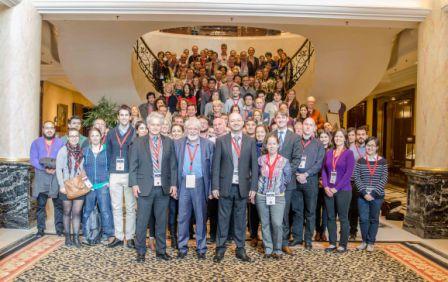
The 5th World Congress on Targeting Mitochondria was held on October 29 to 31, 2014, at Hotel Ritz Carlton, Berlin. It was a huge success gathering more than 460 attendees from 36 countries were welcomed. The participants were coming from various fields: academics, industrials, clinicians...
To access to the pictures gallery organized in three parts (workshop and second / third day of conference), please click here.





